Herniated Discs
Overview:
Herniated discs refer to a condition anywhere in the spine, when one of the circular shock absorbers known as “discs”, have a portion of itself pushed out of place. These discs are normally centered between the bone (vertebral body) above and below it in the spine. These discs can be thought of to be structurally similar to a jelly donut where there is a harder outside shell that contains a much softer almost jelly-like substance on the inside. A herniation or what is sometimes referred to as a slipped disc is when the inner jelly substance leaks out through a crack or tear in the disc. This jelly substance can be pushed out, but may not be pushing on any important structures resulting in no symptoms at all. Other times, the disc material may push on nerves or your spinal cord irritating them. Fortunately, the majority of disc herniations and they symptoms they cause do not need surgery to improve or eliminate the symptoms.
Symptoms:
The symptoms that arise from disc herniation largely have to do with where exactly the disc material is located once it has been pushed out of the inner portion of the disc. Frequently the material is located in an area that is not directly compressing nerves or the spinal cord. In this case, there may be mild pain or no pain at all. In other circumstances if the disc is pushing on a nerve you may experience numbness, burning, weakness or electrical type pain.
Causes:
Disc herniations can happen with traumatic accidents or can slowly happen over time with age as the disc degenerates. Lifting something heavy with poor form or twisting while lifting are some of the more common ways discs become herniated.
When to see your doctor:
If you are experiencing any of the symptoms discussed above, you should see your doctor for further evaluation.






